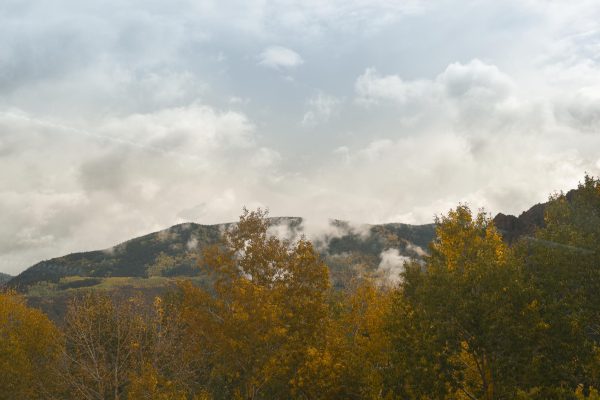The importance of staying on the trail
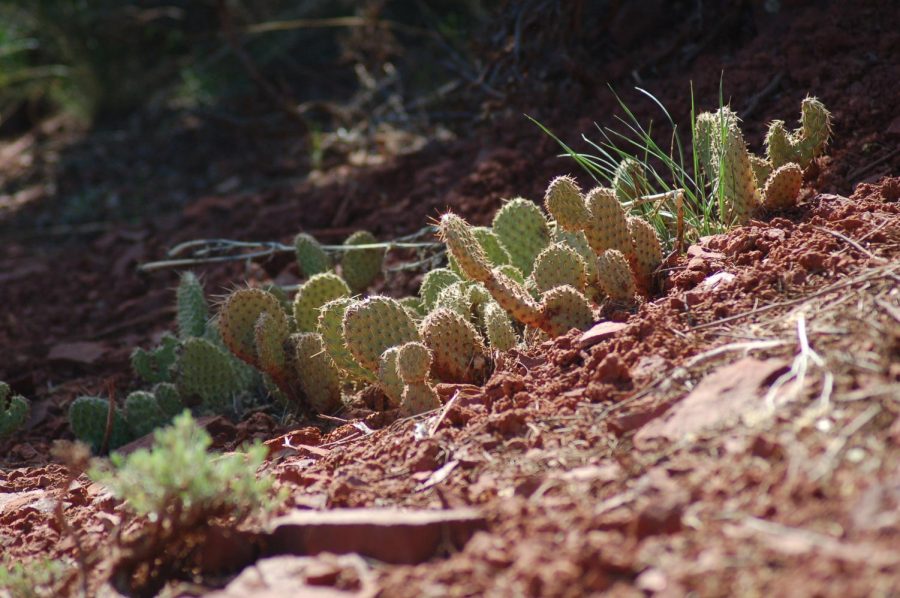
The Brittle Prickly Pear can be home to dozens of species of animals, such as rodents, reptiles, insects, and birds. However, according to the U.S. Fish and Wildlife Service, over 31% of cacti species including the prickly pear are threatened with extinction due to human activities, including damage caused by careless hikers that do not stay on established trails.

Trail routes are established to create places for people to enjoy the beautiful surroundings while causing minimal damage to the environment, however, shortcuts are very common as seen in this image. Taking shortcuts causes damage to vulnerable species that live in the harsh desert environment.
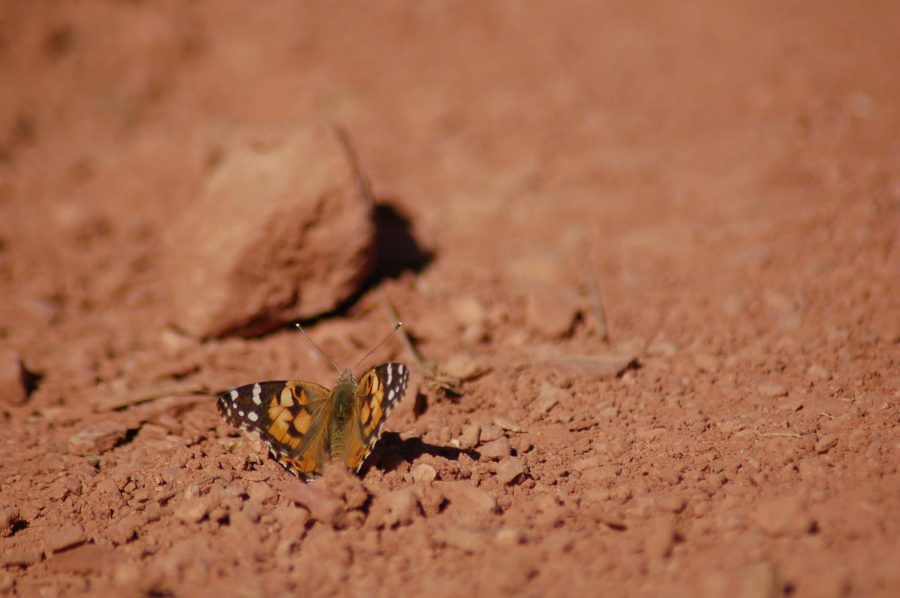
The Painted Lady butterfly is one species that migrates to Colorado in the spring. At first glance, it may be difficult to see life in the sandy environment, however, a closer look reveals hundreds of species concealed by camouflage that can be threatened by careless hikers.
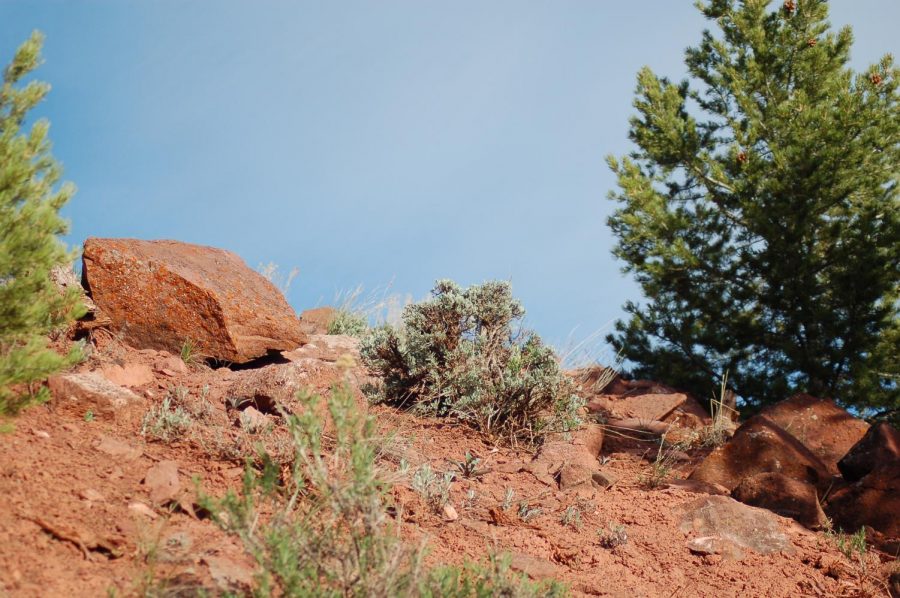
Plants such as sagebrush, Juniper trees, and hundreds of species of Lichen are native to the semi-deserts that can be found around the Roaring Fork valley. Dozens of species of lichen, which can be seen in this image on the rock to the right, can be found on a single boulder, and can take hundreds of years to grow. However, due to human activities, many species of lichen as well as many plants that grow in the local deserts are now endangered.
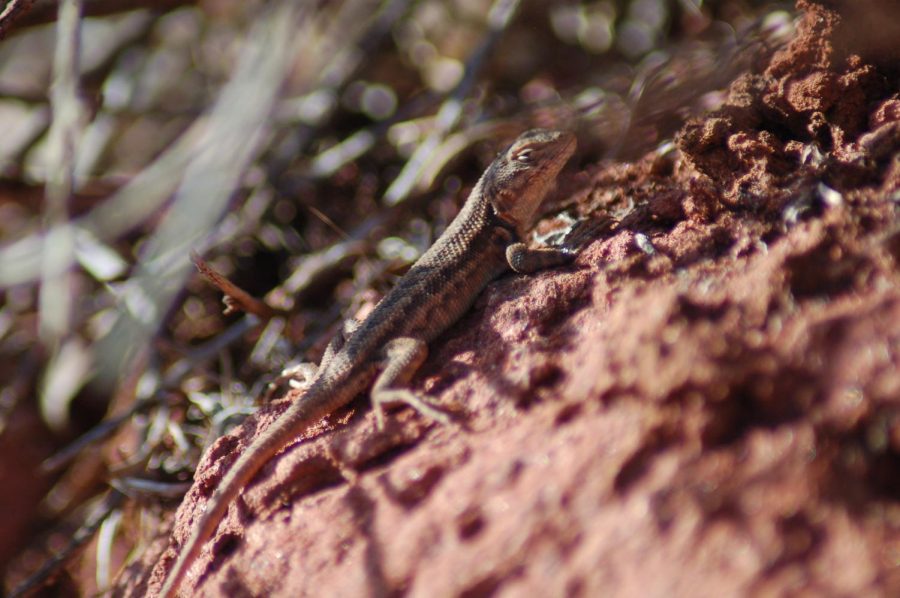
Lizards play a fundamental role in the desert ecosystem, providing food to many predator species, and keeping insect populations under control. However, they are threatened by habitat loss and pollution, which is caused in part by careless hikers who damage their habitats by stepping off of established trails.
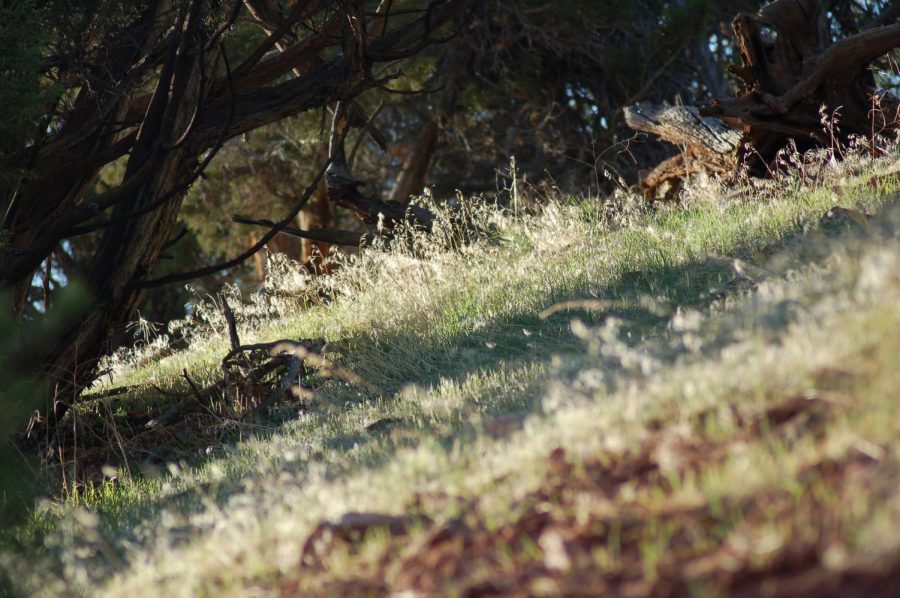
Although the desert may appear dry and lifeless at first glance, a closer look reveals thousands of species flourishing in the harsh climate.
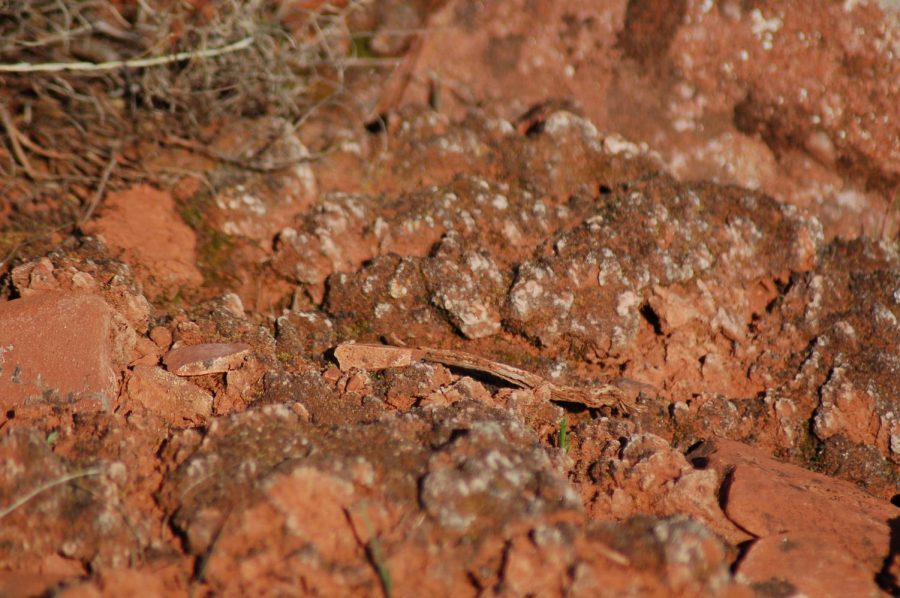
The soil found in the desert may appear as plain sand, however, a closer look reveals it is much more than just dirt. This photo shows Cryptobiotic soil, a thin layer of crust formed in desert environments by tiny organisms such as algae, cyanobacteria, and fungi. It can take 250 to 1,000 years for a crust to form, and after being crushed by the footprint of a careless hiker or eroded by a shortcut trail, it can take over 50 years to recover.
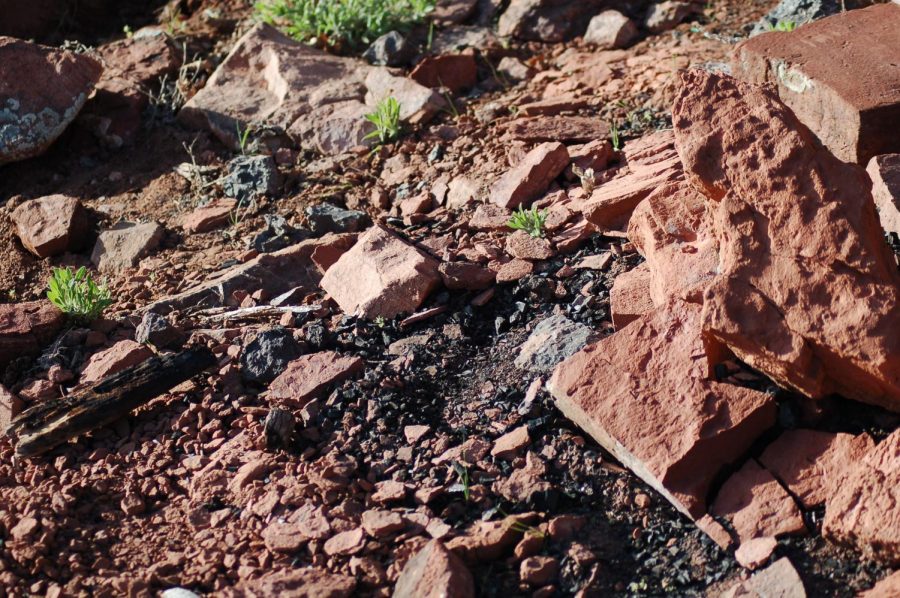
Campfires are a common sight while hiking, however, building campfires that are not in established fire rings creates a threat to the species that live in these environments. Not only does this damage or destroy the ecosystem, it poses an extreme risk of wildfire.
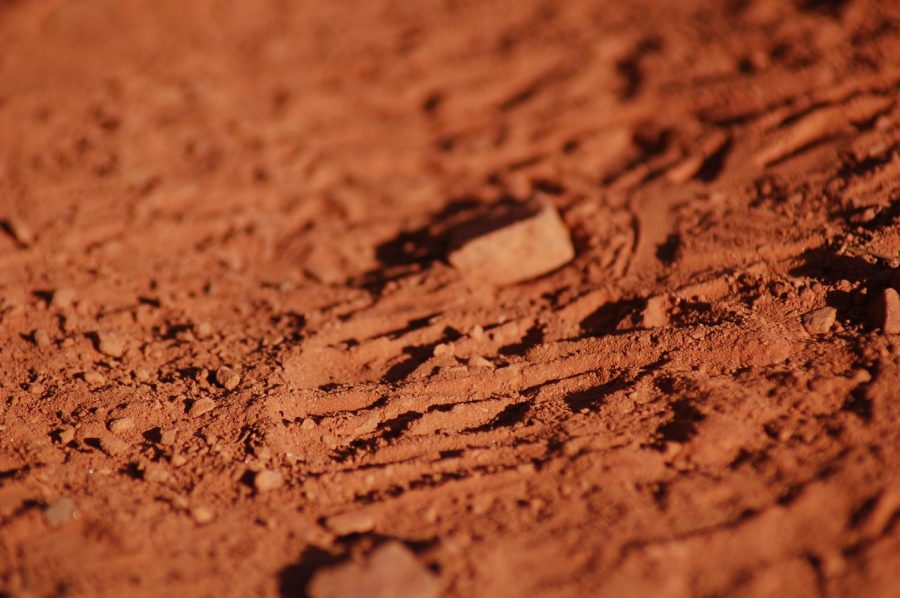
Staying on trail does not damage or destroy any of the species that inhabit the desert environment. Staying on trail allows people to observe and enjoy the desert without causing harm to the organisms that live in the harsh climate.
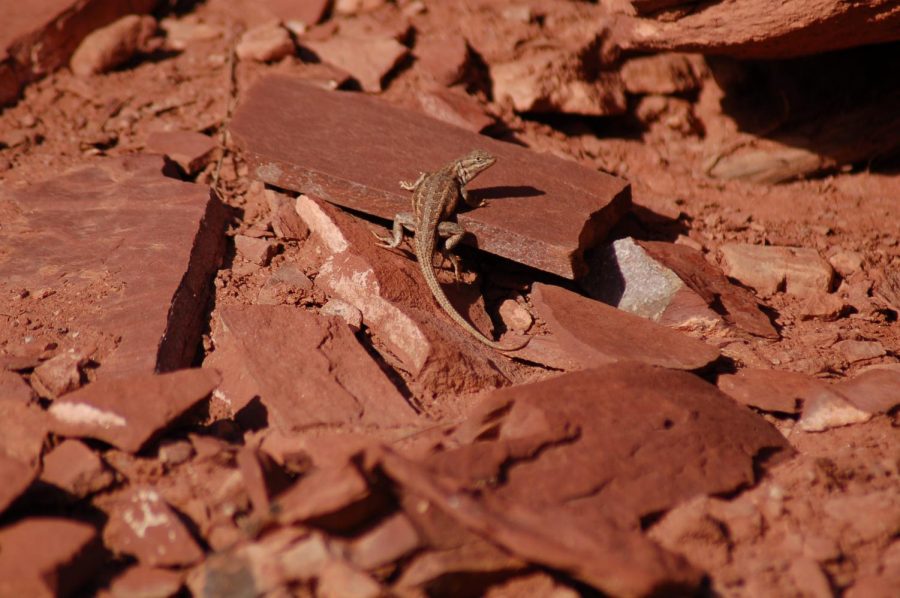
Species such as lizards can be observed from the trail without damaging their habitat.
About the Contributor

Harper Axelman, Editor-in-Chief
Harper Axelman is a senior at AHS and this is her third year writing for The Skier Scribbler. She enjoys spending time outside, skiing, and...

























